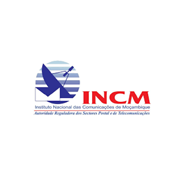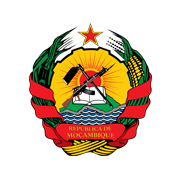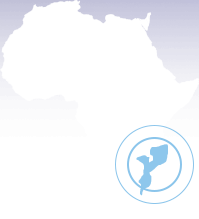
DATA FOR DEVELOPMENT
MOZAMBIQUE
YEAR STARTED: 2017
PROJECT
Displacement monitoring and mobility indicators to support disaster response and preparedness in Mozambique
Supported SDG
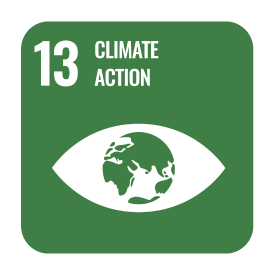
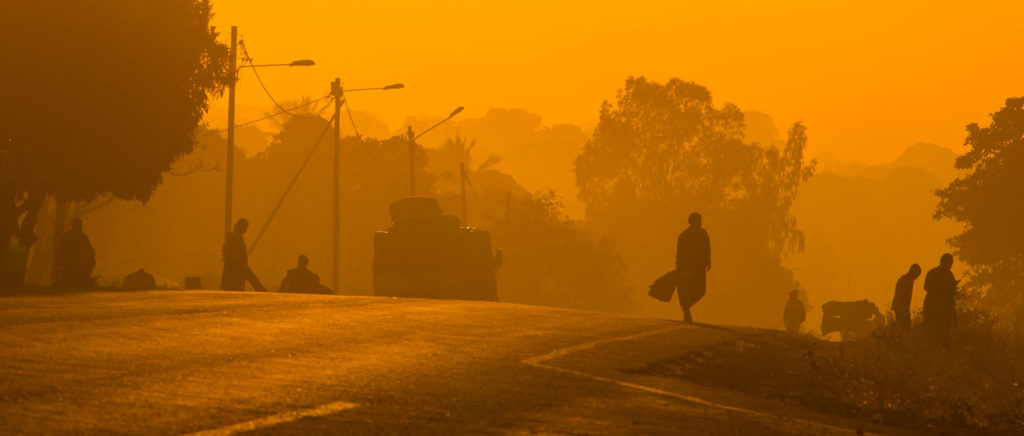
OBJECTIVE
Provide population-mobility data to inform disaster management efforts and related warning systems by detecting and monitoring displaced populations and returns.
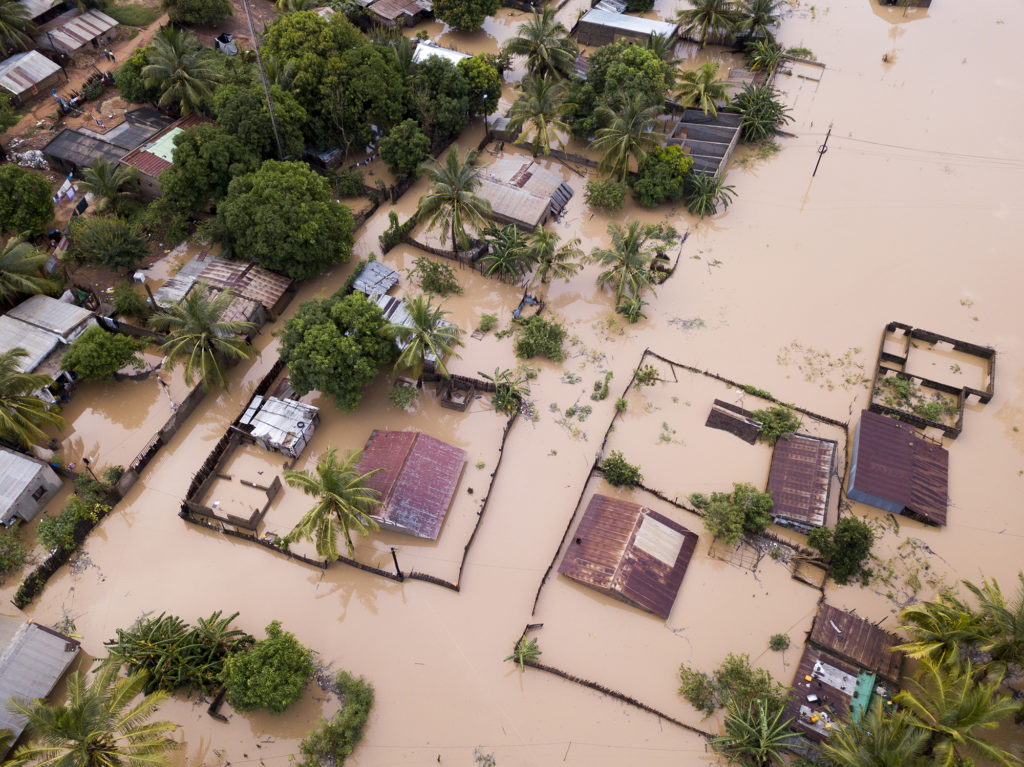
PROBLEM STATEMENT
Mozambique has an estimated 30.37 million people and 60% of the population is at risk of water-related hazards. The World Bank estimates that Mozambique’s GDP growth is reduced by 1.1% annually due to flooding. Mozambique is the third most vulnerable GDP to disasters in Africa. The country was the worst hit by Cyclone Idai, with 602 deaths, 1.8 million people affected, and $773 million in damage.
The government of Mozambique has been more reactive than proactive in terms of managing disasters, so has sought to use real-time data to generate insights that can help it prepare for and manage natural disasters.
APPROACH
The project sought to build a displacement monitoring system using de-identified mobile data from all mobile network operators in Mozambique, made available by the Telecommunications Regulatory Authority (INCM). The ultimate end user of the insights, the National Disasters Management Institute (INGC), wanted timely population mobility insights of before, during, and after the sudden onset of natural disasters to support its decision-making processes.
We cannot keep being reactive to disasters. We have to be proactive and learn from the past. Data is key to inform us of previous disaster-driven displacement patterns and how we can optimize delivery of essential services to displaced populations.
DR. AUGUSTA MAITA
Director General, Mozambique National Institute of Disaster Management (INGC)
SUMMARY OF FINDINGS FROM RESEARCH
- Partners were able to identify locations with the largest number of departures or displacements compared to population counts before the cyclone.
- They estimated the number of people who could have relocated as a result of early disaster warnings.
- They identified locations where the number of people had either increased or decreased post cyclone fall, enabling a first assessment of main departure points and host areas.
- They identified population areas where displacement cannot be monitored after disaster.
- They estimated the number of people who could be affected by a subsequent cyclone.
CASE STUDY: TROPICAL CYCLONE ELOISE
Tropical Cyclone Eloise reached the coast of Mozambique on January 23, bringing wind speeds of around 140km/h and gusts of up to 160km/h. This followed forecasts and warnings since January 19 (INAM, MétéoFrance).
The epicenter of Eloise was 20 km south of Beira City in the Buzi District of Sofala Province, Mozambique. The Buzi District was most heavily affected by post-cyclone flooding, especially communities along the Buzi and Pungwe Rivers. The districts of Dondo, Nhamatanda, and Chibabava in Sofala Province were also affected (DTM, INGD 05/02/2021).
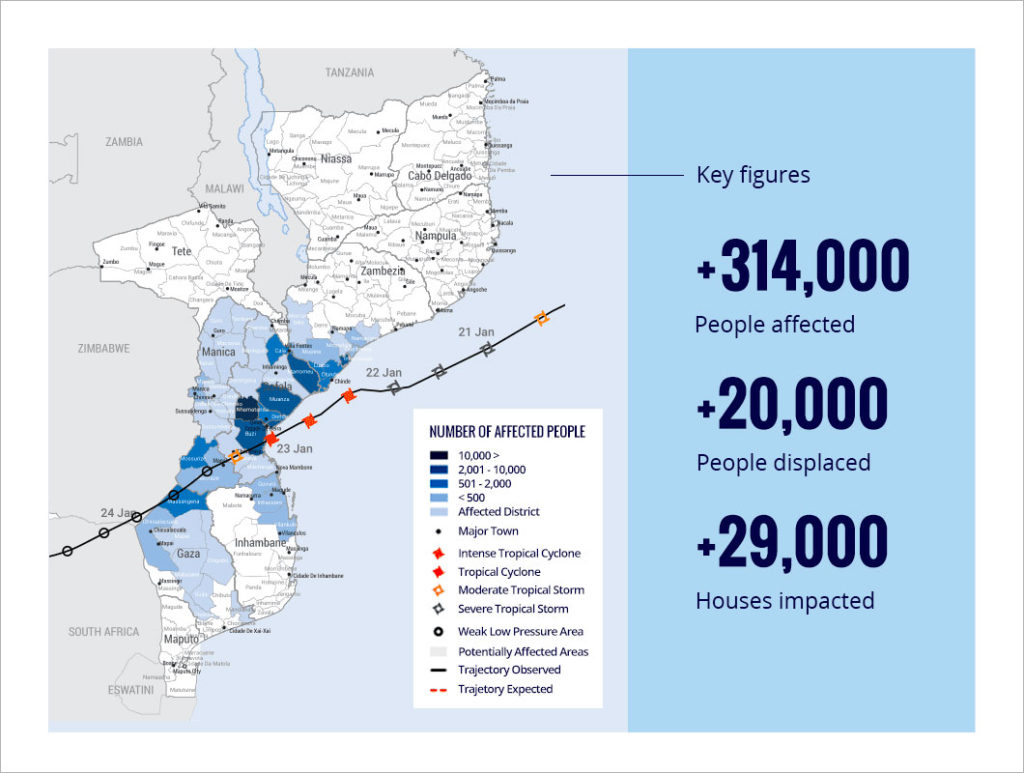
Prior to Eloise, Sofala Province and the entire Zambezi Basin experienced heavy rainfall, strong winds, and flooding. The districts hit hardest by the heavy rains were Beira (particularly the neighborhoods of Mungassa and Ndunda I e II), Buzi, Muanza, Caia, Dondo, Marromeu, and Nhamatanda, which are all in Sofala (IFRC 22/01/2021).
Eloise affected more than 314,000 people, including more than 20,012 people who were living in 31 temporary accommodation centers in Sofala and Inhambane provinces in early February 2021 (DTM, INGD 05/02/2021; OCHA 29/01/2021).
A total of 29,310 houses were impacted, mainly in Sofala, with 17,738 destroyed, 8,565 damaged, and 3,007 flooded. The pre-cyclone rains also affected more than 21,500 people and more than 1,900 houses (ECHO 23/01/2021; OCHA 22/01/2021).
As of March 2021, 10 accommodation centers were reported to still be open in Sofala, accommodating more than 4,000 households (IFRC 16/03/2021).
RESULTS
The data models have strengthened the capacity of the INGC to respond to natural disasters, help the population, and mitigate potential impacts of climate change.
The demonstration model on the use of mobile network data for disaster response and preparedness has since stimulated the establishment of an open data project by the government of Mozambique. The open data concept was presented to Parliament in 2020. The aspiration is for the data models developed for disaster response and preparedness in this maiden demonstration to be replicated across other development sectors such as health, education, and transportation, among others. Subsequently, the government’s aspiration is to institutionalize routine use of the data models through the National Statistics Office.
OTHER CONSIDERATIONS
The specific results of this project have been reserved for the Department of Disaster Management. They have not been made public in consideration of security concerns regarding the insurgency in the northern province of Cabo Delgado.
PARTNERS
DIAL convened a diverse range of stakeholders, including donors, multilaterals, NGOs, and the government, to undertake the Mozambique data demonstration model.
